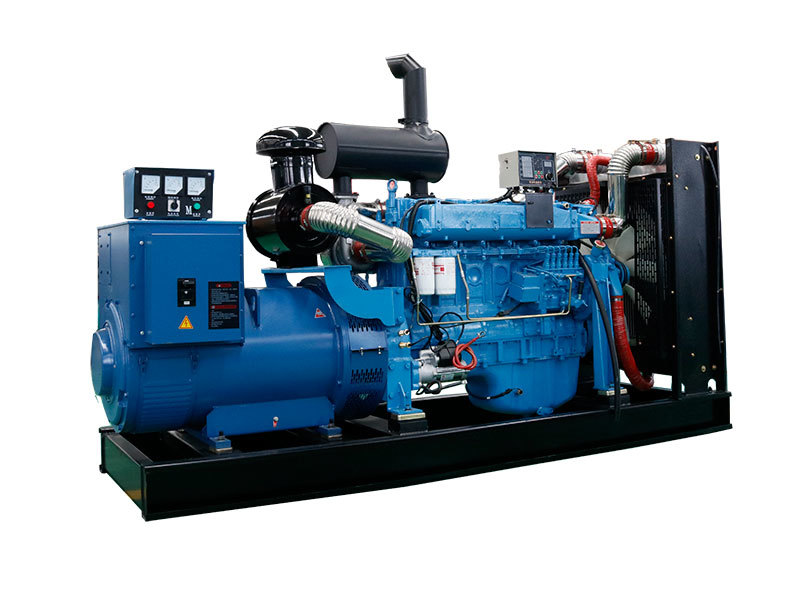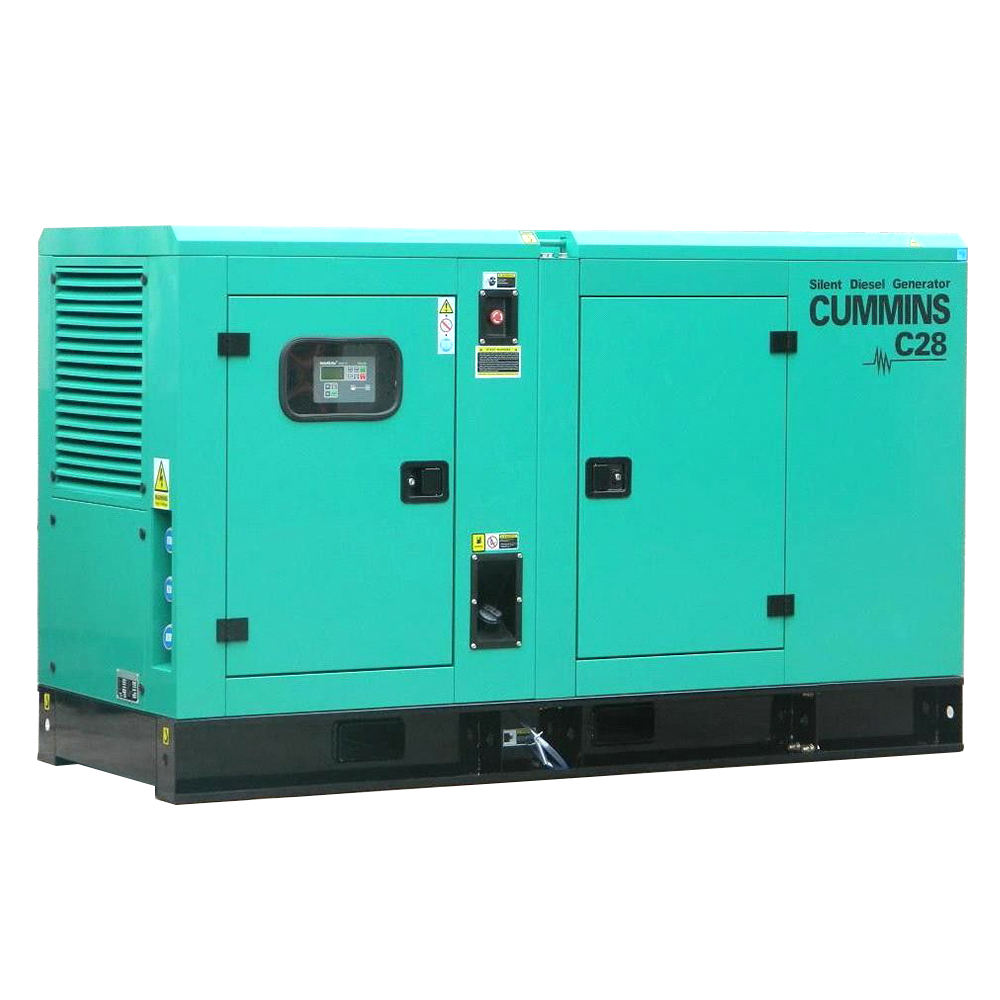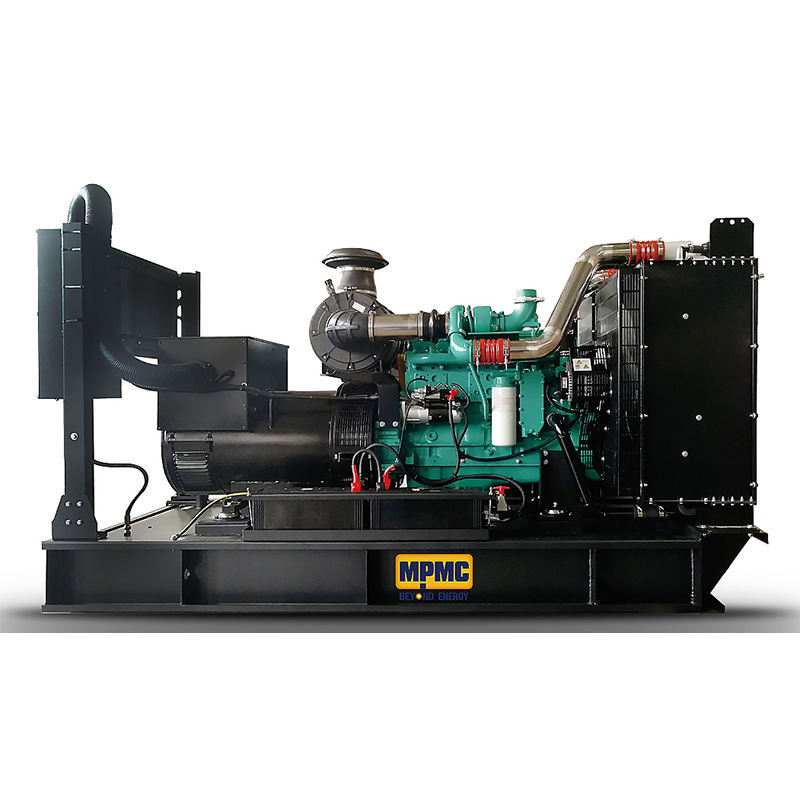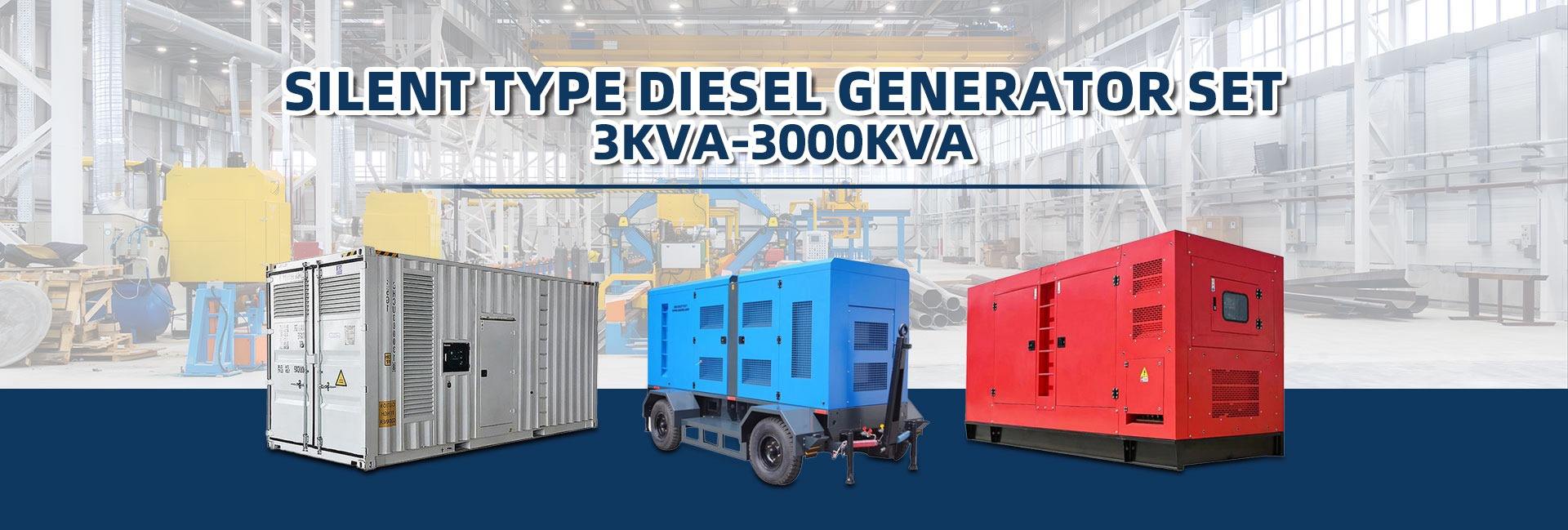Pro industrial generator set sizing guide Manufacturer
Selecting the right industrial generator is one of the most critical decisions for any business, facility, or even a large-scale residential property. An incorrectly sized generator can lead to a host of problems, from premature equipment failure and operational disruptions to excessive fuel consumption and unnecessary capital expenditure. As a premier manufacturer committed to providing comprehensive power solutions, we have developed this definitive industrial generator set sizing guide to empower our clients—whether they are large industrial buyers or individual business owners—to make an informed and optimal choice. This guide will walk you through the essential steps, technical considerations, and common pitfalls to ensure your power supply is reliable, efficient, and perfectly matched to your needs.
Why Accurate Generator Sizing is Crucial
The importance of correctly sizing a generator cannot be overstated. It is not merely about having power during an outage; it's about having the right kind of power. The consequences of getting it wrong can be severe and costly.
Risks of Under-sizing:
- System Failure: An undersized generator will be overloaded when demand spikes, causing its circuit breaker to trip. In a critical situation like a power outage, this means you will be left completely without backup power.
- Engine Damage: Consistently running a generator at or above its maximum capacity puts immense strain on the engine and alternator, leading to overheating, excessive wear, and a significantly shortened lifespan.
- Poor Power Quality: Overloading can cause voltage drops and frequency fluctuations, which can damage sensitive electronic equipment connected to the system, such as computers, servers, and medical devices.
Risks of Over-sizing:
- Increased Initial Cost: Larger generators come with a higher price tag, not just for the unit itself but also for installation, wiring, and associated infrastructure.
- Engine "Wet Stacking": Diesel engines are designed to operate at a minimum of 30-40% of their rated load. Running at a lower load for extended periods prevents the engine from reaching its optimal operating temperature. This can lead to unburned fuel and soot accumulating in the exhaust system, a condition known as wet stacking, which reduces efficiency, increases maintenance needs, and can cause permanent engine damage.
- Higher Fuel Consumption: A larger engine consumes more fuel, even at low loads, leading to higher operational costs over the generator's lifetime.
By investing the time to properly size your generator, you ensure operational continuity, protect your valuable equipment, and achieve the best possible return on your investment.

Understanding Key Electrical Concepts for Sizing
Before diving into calculations, it's essential to understand a few fundamental electrical terms. Grasping these concepts will demystify the sizing process and help you communicate your needs effectively with our technical experts.
Kilowatts (kW) vs. Kilovolt-Amperes (kVA):
- kW (Real Power): This is the actual power that performs useful work, like lighting a bulb or turning a motor. It's what you are typically billed for by your utility company.
- kVA (Apparent Power): This is the total power consumed by a system, including both the real power (kW) and reactive power (kVAR) required by inductive loads like motors and transformers. Generators are rated in kVA because they must supply both types of power.
- Power Factor (PF): The ratio between kW and kVA is the Power Factor (PF = kW / kVA). It is a measure of electrical efficiency. A typical power factor for industrial loads is 0.8. Therefore, a 100 kVA generator with a 0.8 PF can supply 80 kW of real power.
Starting Watts vs. Running Watts:
- Running (or Rated) Watts: The continuous power required for a device to operate.
- Starting (or Surge) Watts: The extra power required for a brief moment when a device with a motor, like an air conditioner or a pump, first starts up. This surge can be 3 to 7 times the running wattage. Your generator must have enough capacity to handle this initial surge without faltering.
Single-Phase vs. Three-Phase Power:
- Single-Phase: Common in residential and small commercial settings, it provides a uniform voltage. It's suitable for lighting and small motors.
- Three-Phase: The standard for industrial and large commercial facilities. It delivers power more efficiently and is necessary for running large motors and heavy machinery. It's crucial to know which type of power your facility requires, as this is a fundamental specification of the generator.
A Step-by-Step industrial generator set sizing guide
Now, let's apply these concepts in a practical, step-by-step process. Following this structured approach will ensure you account for all necessary loads and factors.
Step 1: Create a Comprehensive List of All Electrical Loads
Identify every single piece of equipment and lighting that you intend to power with the generator. Be meticulous. It's better to have too much information than too little. Categorize them into:
- Lighting: All indoor and outdoor lights.
- HVAC Systems: Air conditioners, heaters, ventilation fans.
- Office Equipment: Computers, servers, printers, network hardware.
- Production Machinery: Motors, pumps, compressors, conveyor belts, welding equipment.
- Critical Systems: Security systems, fire pumps, medical equipment, refrigeration units.
Step 2: Determine Running and Starting Wattage for Each Load
For each item on your list, find its running and starting wattage. This information is usually found on the device's nameplate or in its user manual. If it's listed in amps, you can convert it to watts using these formulas:
- For resistive loads (like heaters, incandescent lights): Watts = Volts x Amps
- For reactive loads (like motors): Watts = Volts x Amps x Power Factor
If starting watts are not listed, a general rule of thumb is to multiply the running watts by 3. However, for large motors, a more precise calculation is necessary, and our engineers can assist with this.
Step 3: Calculate the Total Running Load
Sum the running watts of all the devices you listed. This gives you the total continuous power your generator must be able to supply. For example:
- 10 kW Lighting
- 25 kW HVAC System
- 5 kW Office Equipment
- 40 kW Production Machinery
- Total Running Load = 80 kW
Step 4: Identify the Largest Starting Load
This is the most critical step. You don't need to add up all the starting wattages, as it's highly unlikely all motors will start simultaneously. Instead, identify the single largest starting wattage requirement from your list. This is the biggest "kick" the generator will have to handle. Add this single largest starting wattage to your total running load from Step 3. This gives you the peak demand your generator must meet.
Example: If your 25 kW HVAC system has the largest starting requirement at 60 kW (starting watts), and your total running load is 80 kW, you need a generator that can handle the surge. The calculation isn't simply 80 + 60. Instead, you calculate the load without the largest motor running (80 kW - 25 kW = 55 kW) and add the starting requirement of that motor: 55 kW + 60 kW = 115 kW. This is your peak requirement.
Step 5: Account for Future Growth and Safety Margin
Your business isn't static. You may add new machinery or expand your facility in the future. It's wise to plan for this growth. A standard practice is to add a 20-25% safety margin to your calculated peak requirement. This ensures the generator won't be immediately undersized if you add new equipment and provides a buffer for operational reliability.
Continuing the example: 115 kW (Peak Requirement) x 1.25 (25% Margin) = 143.75 kW.
Now, convert this to kVA using the standard 0.8 PF: 143.75 kW / 0.8 PF = 179.68 kVA.
In this scenario, you would select the next standard generator size up, likely a 180 kVA or 200 kVA model.

Our Commitment as Your Generator Manufacturer
As a leading manufacturer, our role extends far beyond simply supplying a product. We see ourselves as your partner in power security. We support a diverse clientele, from multinational corporations requiring fleets of high-capacity generators to small business owners needing a single, reliable backup unit. Our commitment is built on three pillars: quality, flexibility, and support.
Uncompromising Quality and Manufacturing Excellence
Every generator set that leaves our facility is a testament to our dedication to quality. Our manufacturing processes are certified to international standards like ISO 9001 for quality management. We use only premium components from globally recognized brands for our engines, alternators, and control systems. Each unit undergoes a rigorous, multi-point testing protocol under full load conditions to ensure it performs flawlessly in the real world. This meticulous quality control guarantees the reliability and longevity our customers depend on.
Flexibility for Every Need: Wholesale and Individual Orders
We understand that power needs are not one-size-fits-all. That's why we proudly welcome both wholesale and individual retail orders. Whether you are outfitting an entire data center or securing backup power for your workshop, we provide the same level of expert consultation and service. Our flexible Minimum Order Quantities (MOQs) and extensive customization options allow you to get exactly what you need:
- Fuel Types: Diesel, natural gas, propane, and dual-fuel options.
- Enclosures: Weather-protective and sound-attenuated enclosures for any environment.
- Control Systems: From basic manual controls to advanced digital panels with remote monitoring capabilities.
- Voltage and Phase: Configured to match your specific site requirements perfectly.
Comprehensive After-Sales Support
Our relationship with you doesn't end after the sale. We offer a complete suite of after-sales services to ensure your generator provides reliable power for years to come. This includes professional installation guidance, scheduled preventative maintenance programs, readily available spare parts, and a robust warranty. Our team of skilled technicians is always on standby to provide expert support and troubleshooting, giving you ultimate peace of mind.
Choosing the right generator is a significant investment. By using this comprehensive industrial generator set sizing guide and partnering with a trusted manufacturer, you can be confident in your decision. We are here to help you navigate the complexities and deliver a power solution that is efficient, reliable, and perfectly tailored to your unique requirements.
For more detailed information, please visit our official website:industrial generator sizing
About the author: David Chen is a Senior Power Systems Engineer with over 15 years of experience designing and implementing robust backup power solutions. Specializing in industrial and commercial applications, David's expertise lies in optimizing generator sizing for maximum efficiency, reliability, and long-term performance. He is passionate about helping clients navigate complex technical requirements to secure their critical operations against power disruptions, ensuring they receive a system perfectly tailored to their needs. ---




